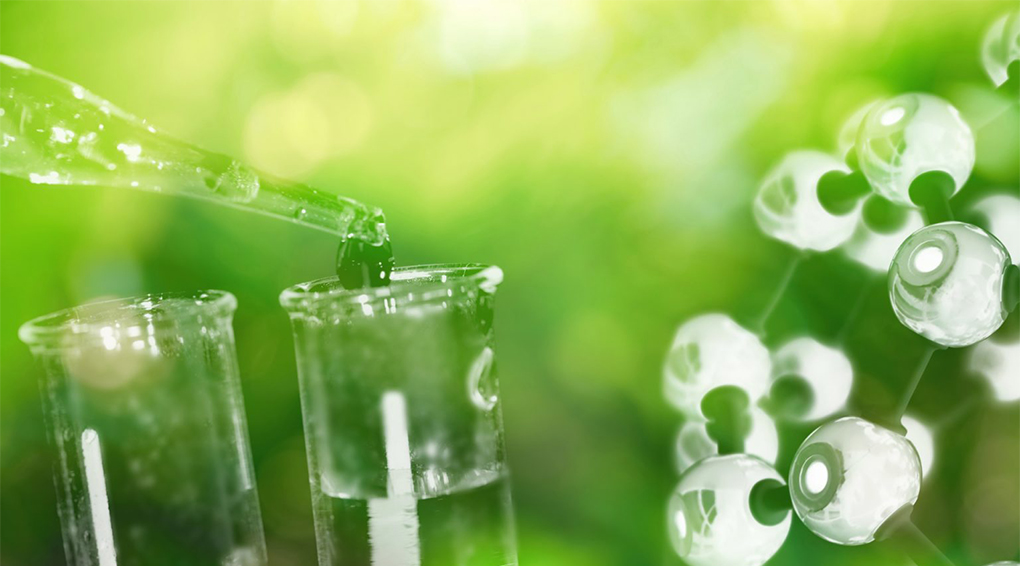Researchers at the University of Sydney and the University of New South Wales have found a way to make ammonia production “green” – using only air, water and renewable electricity. The breakthrough has implications for refrigeration, as well as for fertiliser production and energy storage.
For more than 140 years, ammonia has been a popular refrigerant in industrial applications thanks to its thermodynamic properties and low cost. It is classified as B2L (higher toxicity, lower flammability), with a global warming potential (GWP) and an ozone depletion potential (ODP) of zero.
Unfortunately, the production of ammonia is also highly energy-intensive. It accounts for approximately two per cent of global energy consumption while comprising 1.4 per cent of total global CO2 emissions. Around 80 per cent of ammonia produced is for use as a fertiliser, and it is also used for the production of plastics, fibres, explosives, nitric acid.
Proof of concept
Demonstrated in a laboratory-based proof of concept, the new production method is said to do away with the high temperatures, high pressure and huge infrastructure currently needed to produce ammonia. The results of the collaborative effort have been published in the journal Energy and Environmental Science.
The innovation works by combining atmospheric plasma, the fourth state of matter, with electrochemistry – a field of chemistry that uses electricity to influence a chemical change.
As well as making fertiliser and refrigerant production more sustainable, it may pave the way for ammonia to play a role in the global transition towards a hydrogen economy. Ammonia is increasingly seen as a solution to the problem of storing and transporting hydrogen energy.
“In recent years, the potential of using ammonia directly as a fuel source or as a means of transporting hydrogen has been increasingly explored, with researchers aiming to make the production process sustainable,” says Patrick “PJ” Cullen, Professor of Chemical and Biomolecular Engineering and team leader of the research at the University of Sydney.
“Atmospheric plasma is increasingly finding application in green chemistry. By inducing the plasma discharges inside water bubbles, we have developed a means of overcoming the challenges of energy inefficiency and process scaling, moving the technology closer to industrial adoption.”
The plasma technology supporting this research comes from PlasmaLeap Technologies, which is based at the Sydney Knowledge Hub, the University of Sydney’s technology startup incubator.
“By advancing plasma technology synergistically with electrolysis, we have created sustainable ammonia, which provides an exciting new path for future chemical production,” says David Alam, a PhD student at the University of Sydney and co-author of the paper.
Hydrogen storage and transport
The team is hopeful that the green method of ammonia production could solve the problem of storage and transport of hydrogen energy.
“Hydrogen is very light, so you need a lot of space to store it, otherwise you have to compress or liquify it,” says the Co-director of the ARC Training Centre for Global Hydrogen Economy and leader of the UNSW research team, Scientia Professor Rose Amal.
“But liquid ammonia actually stores more hydrogen than liquid hydrogen itself. And so there has been increasing interest in the use of ammonia as a potential energy vector for a carbon-free economy.”
Professor Amal says that ammonia could potentially be produced in large quantities using the new green method,
“We can use electrons from solar farms to make ammonia and then export our sunshine as ammonia rather than hydrogen.
“And when it gets to countries like Japan and Germany, they can either split the ammonia and convert it back into hydrogen and nitrogen, or they can use it as a fuel.”
The research team has plans to form a spin-out company for the purpose of commercialising the innovation.



Leave a Reply